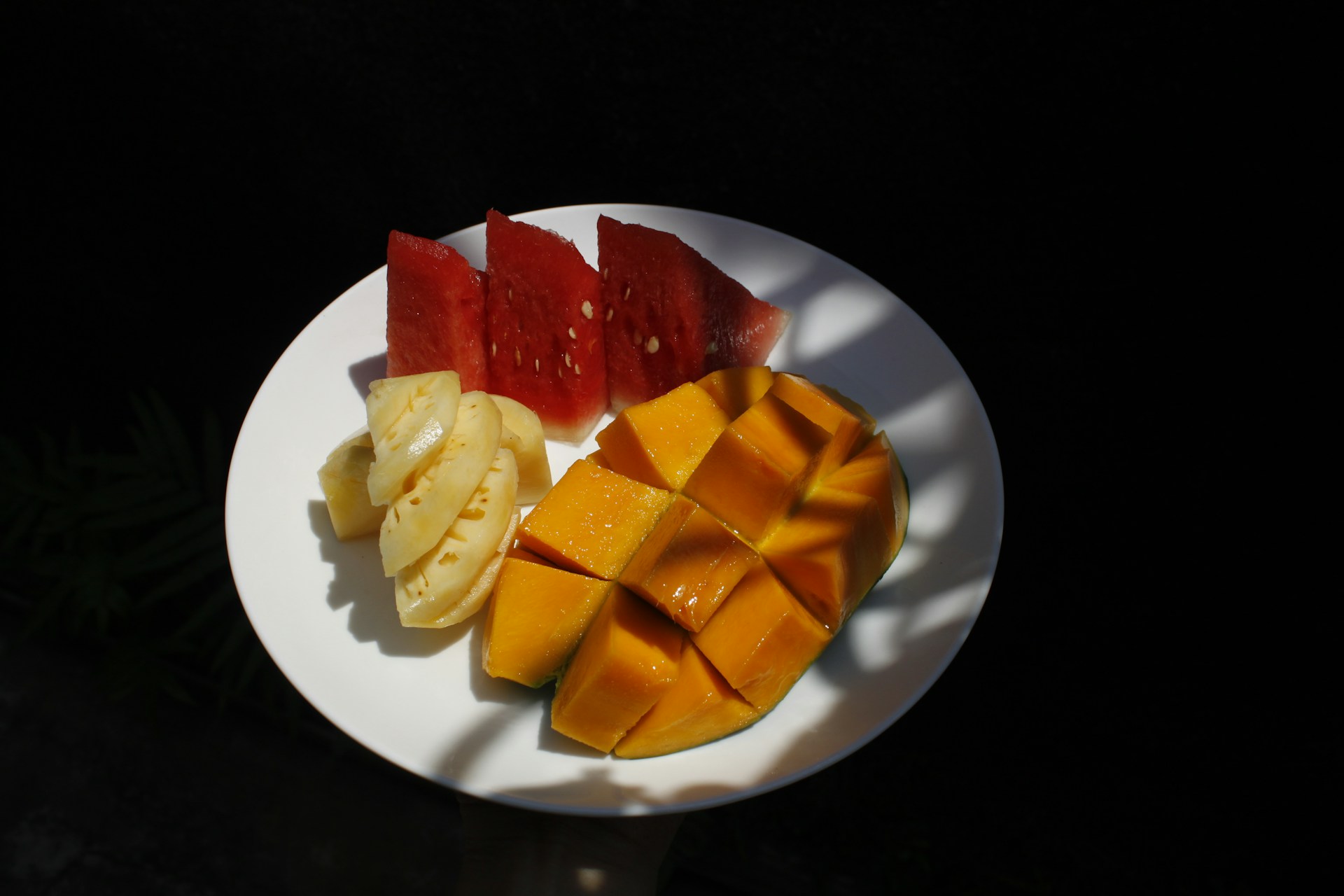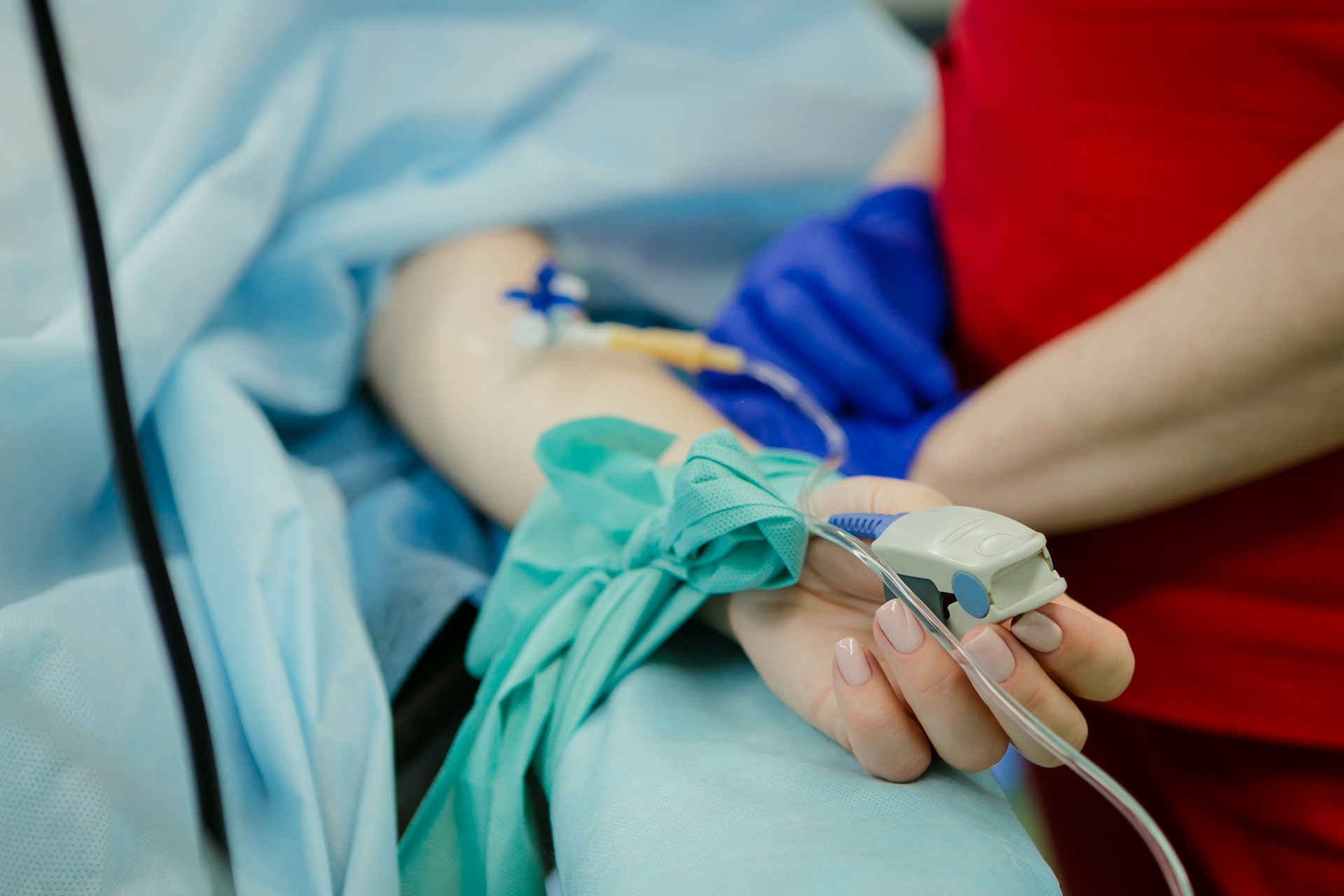The Effect of Sucrose and Fructose Diet on Obesity in Test Animals: A Review
Downloads
Latar belakang: Obesitas merupakan masalah kesehatan yang disebabkan oleh berbagai faktor salah satunya dari faktor diet. Diet tinggi sukrosa dan fruktosa dapat memicu terjadinya masalah gizi lebih yaitu overweight dan obesitas. Diet tinggi sukrosa dan fruktosa jika dilakukan seseorang yang mengalami obesitas akan menyebabkan masalah kesehatan seperti penyakit metabolik.
Tujuan: Tujuan penulisan artikel ini adalah adalah membahas pengaruh diet tinggi sukrosa dan fruktosa terhadap obesitas.
Metode: Penelusuran artikel berdasarkan literatur dalam 10 tahun terakhir (2010-2020) menggunakan database elektronik seperti Google Scholar, Scopus, Science Direct, dan PubMed/Medline yang menganalisis pengaruh diet tinggi sukrosa dan fruktosa terhadap obesitas
Ulasan: Hasil penelusuran penelitian menunjukkan bahwa diet tinggi sukrosa dan fruktosa dapat menyebabkan kenaikan berat badan, overweight, obesitas, meningkatkan lingkar pinggang, meningkatkan lemak dalam tubuh dan inflamasi pada jaringan adiposa. Dampak penyakit penyerta dari diet tinggi sukrosa dan fruktosa yaitu Nonalcoholic Fatty Liver Disease, kerusakan hati, penurunan energy expenditure dan stress oksidatif pada ginjal.
Kesimpulan: Diet tinggi sukrosa dan fruktosa menyebabkan kenaikan berat badan hingga masalah gizi lebih yaitu overweight dan obesitas. Dampak diet tinggi sukrosa dan fruktosa dengan penyakit akibat obesitas yakni menyebabkan NAFLD (Nonalcoholic Fatty Liver Disease). Penelitian terkait diet tinggi sukrosa dan fruktosa banyak dilakukan pada hewan coba. Penelitian selanjutnya diharapkan banyak dilakukan pada manusia juga, agar nantinya bisa dibandingkan dengan hasil penelitian dengan hewan coba, hasil tersebut sesuai dengan teori atau tidak.
Ng, M. et al. Global, regional and national prevalence of overweight and obesity in children and adults 1980-2013: A systematic analysis. Lancet 384, 746 (2014).
López-Cepero, A. A. & Palacios, C. Association of the intestinal microbiota and obesity. P. R. Health Sci. J. 34, 60–64 (2015).
Hill, J. O. Understanding and addressing the epidemic of obesity: An energy balance perspective. Endocr. Rev. 27, 750–761 (2006).
Drewnowski, A. & Darmon, N. The economics of obesity: dietary energy density and energy cost. Am. J. Clin. Nutr. 82, (2005).
Faith, M. S., Fontaine, K. R., Baskin, M. L. & Allison, D. B. Toward the reduction of population obesity: Macrolevel environmental approaches to the problems of food, eating, and obesity. Psychol. Bull. 133, 205–226 (2007).
Basciano, H., Federico, L. & Adeli, K. Fructose, insulin resistance, and metabolic dyslipidemia. Nutr. Metab. 2, 1–14 (2005).
Johnson, R. J. et al. Hypothesis: Could excessive fructose intake and uric acid cause type 2 diabetes? Endocr. Rev. 30, 96–116 (2009).
Johnson, R. J., Sanchez-Lozada, L. G. & Nakagawa, T. The effect of fructose on renal biology and disease. J. Am. Soc. Nephrol. 21, 2036–2039 (2010).
Palou, A., Bonet, M. L. & Picó, C. On the role and fate of sugars in human nutrition and health. Introduction. Obes. Rev. 10, 1–8 (2009).
Saris, W. H. M. et al. Randomized controlled trial of changes in dietary carbohydrate/fat ratio and simple vs complex carbohydrates on body weight and blood lipids: The CARMEN study. Int. J. Obes. 24, 1310–1318 (2000).
Malik, V. S., Schulze, M. B. & Hu, F. B. Intake of sugar-sweetened beverages and weight gain: A systematic review. Am. J. Clin. Nutr. 84, 274–288 (2006).
Ferder, L., Ferder, M. D. & Inserra, F. The role of high-fructose corn syrup in metabolic syndrome and hypertension. Curr. Hypertens. Rep. 12, 105–112 (2010).
Havel, J. . Dietary Fructose: Implications for Dysregulation of Energy Homeostasis and Lipid/Carbohydrate Metabolism. Nutr. Rev. 63, 133–157 (2005).
Tappy, L. & Le, K. A. Metabolic effects of fructose and the worldwide increase in obesity. Physiol. Rev. 90, 23–46 (2010).
Ogden, C. ., Carroll, M. . & McDowell, M. . Obesity Among Adults in the United States” No Statistically Significant Change Since 2003-2004. Natl. Cent. Heal. Stat. 1–6 (2007). doi:10.4018/978-1-4666-5780-9.ch001
Popkin, B. M. et al. A new proposed guidance system for beverage consumption in the United States. Am. J. Clin. Nutr. 83, 529–542 (2006).
Stanhope, K. L. et al. Metabolic responses to prolonged consumption of glucose- and fructose-sweetened beverages are not associated with postprandial or 24-h glucose and insulin excursions. Am. J. Clin. Nutr. 94, 112–119 (2011).
Stanhope, K. L. et al. Consuming fructose-sweetened, not glucose- sweetened, beverages increases visceral adiposity and lipids and decreases insulin sensitivity in overweight/obese humans. J. Clin. Invest. 1334, 1322–1334 (2009).
Malafaia, A. B. et al. Obesity induction with high fat sucrose in rats. Arq. Bras. Cir. Dig. 26 Suppl 1, 17–21 (2013).
Youn, B. S. et al. Serum vaspin concentrations in human obesity and type 2 diabetes. Diabetes 57, 372–377 (2008).
Stamateris, R. E., Sharma, R. B., Hollern, D. A. & Alonso, L. C. Adaptive β-cell proliferation increases early in high-fat feeding in mice, concurrent with metabolic changes, with induction of islet cyclin D2 expression. Am. J. Physiol. - Endocrinol. Metab. 305, (2013).
Battung, S. M., Salam, A., Novrianti, D., Ayu, R. & Ajie, K. Efek Diet Tinggi Karbohidrat Terhadap Glukosa the Effect of High Carbohydrate Diet To Blood Glucose Level and Body Weight in Rats. 8, 55–62 (2019).
Couvreur, O. et al. Unexpected long-term protection of adult offspring born to high-fat fed dams against obesity induced by a sucrose-rich diet. PLoS One 6, (2011).
Kisioglu, B. & Nergiz-Unal, R. Potential effect of maternal dietary sucrose or fructose syrup on CD36, leptin, and ghrelin-mediated fetal programming of obesity. Nutr. Neurosci. 23, 210–220 (2020).
Ma, T. et al. Sucrose counteracts the anti-inflammatory effect of fish oil in adipose tissue and increases obesity development in mice. PLoS One 6, (2011).
Nemoseck, T. M. et al. Honey promotes lower weight gain, adiposity, and triglycerides than sucrose in rats. Nutr. Res. 31, 55–60 (2011).
Samuel, V. T. Fructose induced lipogenesis: From sugar to fat to insulin resistance. Trends Endocrinol. Metab. 22, 60–65 (2011).
Cox, C. L. et al. Consumption of fructose-sweetened beverages for 10 weeks reduces net fat oxidation and energy expenditure in overweight/obese men and women. Eur. J. Clin. Nutr. 66, 201–208 (2012).
Paschos, P. & Paletas, K. Non alcoholic fatty liver disease and metabolic syndrome. Hippokratia 13, 9–19 (2009).
Vilí , L. et al. Suppressor of cytokine signaling-3 (SOCS-3) and a deficit of serine/threonine (Ser/Thr) phosphoproteins involved in leptin transduction mediate the effect of Fructose on rat liver lipid metabolism. Hepatology 48, 1506–1516 (2008).
Farrell, G. C., Van Rooyen, D., Gan, L. & Chitturi, S. NASH is an inflammatory disorder: Pathogenic, prognostic and therapeutic implications. Gut Liver 6, 149–171 (2012).
Abdelmalek, M. F. et al. Higher dietary fructose is associated with impaired hepatic adenosine triphosphate homeostasis in obese individuals with type 2 diabetes. Hepatology 56, 952–960 (2012).
Rosas-Villegas, A. et al. Differential effect of sucrose and fructose in combination with a high fat diet on intestinal microbiota and kidney oxidative stress. Nutrients 9, (2017).
Schultz, A., Neil, D., Aguila, M. . & Mandarim-de-Lacerda, C. . Hepatic adverse effects of fructose consumption independent of overweight/obesity. Int. J. Mol. Sci. 14, 21873–21886 (2013).
Janevski, M. et al. Fructose containing sugars modulate mRNA of lipogenic genes ACC and FAS and protein levels of transcription factors ChREBP and SREBP1c with no effect on body weight or liver fat. Food Funct. 3, 141–149 (2012).
Manco, M., Marcellini, M., Giannone, G. & Nobili, V. Correlation of serum TNF-α levels and histologic liver injury scores in pediatric nonalcoholic fatty liver disease. Am. J. Clin. Pathol. 127, 954–960 (2007).
Ouyang, X. et al. Fructose consumption as a risk factor for non-alcoholic fatty liver disease. J. Hepatol. 48, 993–999 (2008).
Carvalho, A. A. F., Nakamune, A. C. S., Biffe, B. G. & Louzada, M. J. Q. High-sucrose effect on bone structure, hardness and biomechanics in an obesity model using Wistar male rats. J. Morphol. Sci. 29, 32–37 (2012).
Wetzsteon, R. J. et al. Bone structure and volumetric BMD in overweight children: A longitudinal study. J. Bone Miner. Res. 23, 1946–1953 (2008).
Lorincz, C., Reimer, R. A., Boyd, S. K. & Zernicke, R. F. High-fat, sucrose diet impairs geometrical and mechanical properties of cortical bone in mice. Br. J. Nutr. 103, 1302–1308 (2010).
Cao, J. J., Gregoire, B. R. & Gao, H. High-fat diet decreases cancellous bone mass but has no effect on cortical bone mass in the tibia in mice. Bone 44, 1097–1104 (2009).
Rajilić-Stojanović, M. et al. Intestinal microbiota and diet in IBS: Causes, consequences, or epiphenomena? Am. J. Gastroenterol. 110, 278–287 (2015).
Million, M. et al. Obesity-associated gut microbiota is enriched in Lactobacillus reuteri and depleted in Bifidobacterium animalis and Methanobrevibacter smithii. Int. J. Obes. 36, 817–825 (2012).
Mobini, R. et al. Metabolic effects of Lactobacillus reuteri DSM 17938 in people with type 2 diabetes: A randomized controlled trial. Diabetes, Obes. Metab. 19, 579–589 (2017).
Huang, J. Y., Lee, S. M. & Mazmanian, S. K. The human commensal Bacteroides fragilis binds intestinal mucin. Anaerobe 17, 137–141 (2011).
Shoelson, S. E. et al. Inflammation and insulin resistance Find the latest version : Review series Inflammation and insulin resistance. J Clin Invest 116, 1793–1801 (2006).
Mailloux, R. J., McBride, S. L. & Harper, M. E. Unearthing the secrets of mitochondrial ROS and glutathione in bioenergetics. Trends Biochem. Sci. 38, 592–602 (2013).
AMERTA NUTR by Unair is licensed under a Creative Commons Attribution-ShareAlike 4.0 International License.
1. The journal allows the author to hold the copyright of the article without restrictions.
2. The journal allows the author(s) to retain publishing rights without restrictions
3. The legal formal aspect of journal publication accessibility refers to Creative Commons Attribution Share-Alike (CC BY-SA).
4. The Creative Commons Attribution Share-Alike (CC BY-SA) license allows re-distribution and re-use of a licensed work on the conditions that the creator is appropriately credited and that any derivative work is made available under "the same, similar or a compatible license”. Other than the conditions mentioned above, the editorial board is not responsible for copyright violation.












































